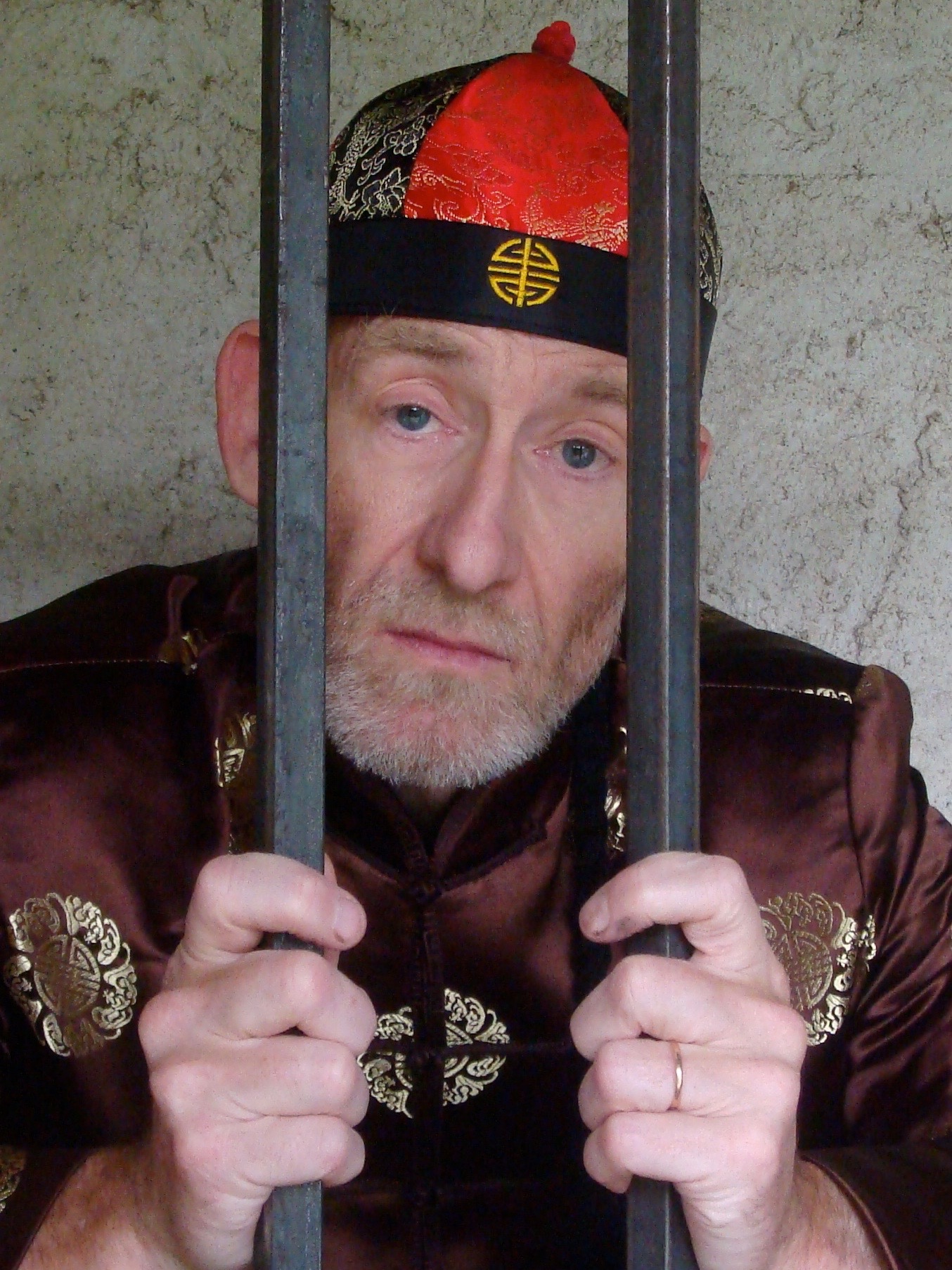- 14h30-15h20 : Friedrich Wehrung,
Gcd-monoids arising from categories and posets.
The universal monoid of a poset P is defined by generators [x,y], for x≤y in P, and relations [x,x]=1, [x,z]=[x,y][y,z].
It always embeds into a free group, but its universal group may not be free.
This definition can be extended to any category.
The universal monoid of a category may not embed into a group, but its embeddability problem into a group can be checked on hom sets.
A gcd-monoid, as defined by Dehornoy, is a cancellative monoid, with no nontrivial units, in which the left and right divisibility orderings are both meet-semilattices.
The universal monoid of a finite poset embeds into a free monoid, but it is not always a gcd-monoid.
Every finitely presented group is a free factor, by a free group, of the universal group of a finite poset P of length at most 2, in such a way that the universal monoid of P is a gcd-monoid.
- 15h30-16h20 : Pierre-Louis Curien,
Categorified operads and cyclic operads
(joint work with Jovana Obradović)
In this talk, we build upon work of Dosen and Petrić who exhibited the coherence conditions for the categorified notion of non symmetric operad.
We extend their work in two directions: to the case of symmetric operads, and to the case of cyclic operads. The proofs of coherence are obtained by reduction to the seminal work of Dosen and Petrić.
Finally, we show an example of a categorified cyclic operad in "real life", suggested to us by Paul-André Melliès, and based on a generalised notion of profunctor and profunctor composition.
- 17h30-18h30 : Stevo Todorčević,
Cantor's Continuum Problem.
The Continuum Problem is in general asking us to determine the
place of the cardinality of the real line R in
the hierarchy of cardinal numbers ℵα.
In particular, it asks us whether this cardinality takes its minimal possible values ℵ1.
Ever since its appearance on Hilbert's 1900 list of
mathematical problems for the twentieth century the problem has generated a great interest and important research contribution especially in the field of Set Theory.
In fact Set Theory is a field of mathematics that
greatly profited from this research.
We shall review this research but will concentrate on analyzing modern views on this important problem of Georg Cantor.
- 09h00-09h50 : Luis Paris,
Artin-Tits groups, symmetries, and linear representations.
The talk is based on a join work with Olivier Geneste.
One of the most
popular questions on braid groups has been for a long time whether these
groups are linear.
This question was solved in the late 90s by Bigelow
and Krammer.
Krammer's construction was then extended to all simply
laced Artin-Tits groups of spherical type by Cohen--Wales and Digne,
and, afterwards, to all simply laced Artin-Tits groups without triangles
by myself.
Now, we would like to extend the construction to the other
Artin-Tits groups, or, at least, to some Artin-Tits groups that are not
simply laced.
An answer partially lies in some works by Digne and
Castella that, in particular, provide such a construction for the
Artin-Tits groups of type Bn, F4, and G2, by means of
symmetries of Coxeter graphs. We will explain this story in more detail,
show how Digne's ideas can be extended to other Artin-Tits groups, and
what are the limits of such a construction.
- 10h00-10h50 : Daan Krammer,
Homological link invariants.
Homology gives rise to representations of braid groups
(Lawrence, 1990).
Bigelow showed that some well-known link invariants
can be constructed from these (Jones and Homfly polynomials).
I will construct a seemingly new link invariant from them. It depends on a variable z and root of unity q.
It would be interesting if they could
be defined for a variable q (though it's unlikely a polynomial in q).
- 11h20-12h10 : Jon McCammond,
The intrinsic geometry of the dual braid complex.
The braid groups have a standard presentation and a dual
presentation and there are classifying spaces associated to each.
The classifying space for the standard presentation is an example of a
Salvetti complex and the one for the dual presentation is what I am
calling the dual braid complex.
The dual braid complex is a
simplicial complex with a piecewise euclidean metric that has many
nice properties --- including being CAT(0) (this is known to be true in
low dimensions and strongly conjectured in all dimensions) --- but it is
extremely large.
In this talk I will introduce a drastically
simplified cell structure on the dual braid group derived from the
intrinsic geometry of the dual braid complex and discuss the facts
that become visible in this less cluttered context.
- 13h30-14h20 : Victoria Lebed,
A journey into the green book.
Self-distributivity (SD) sporadically appeared in mathematics since the late 19th century, either as an algebraic curiosity, or as an abstraction of the properties of different operations, such as Euclidean reflection or conjugation in a group. To be taken seriously it had to wait the 1980's, which brought the construction of extremely efficient SD-based knot invariants, and the discovery of remarkable SD structures in large cardinal theory. Dehornoy was the first to consider SD as a bridge between these two islands; his celebrated braid ordering was found on the way. After an overview of these ideas, I will summarize some recent episodes of the SD saga. Many of them revive characters already featured in Dehornoy's futuristic Braids and Self-Distributivity book.
- 14h30-15h20 : Bert Wiest,
Genericity in Mapping class groups and Artin-Tits groups.
An element of a mapping class group picked "at random" is pseudo-Anosov with very high probability. This very old conjecture has been proven a few years ago, in the case when the random picking is done using a long random walk in the Cayley graph. by contrast, very little is known when the choice is made by picking, with uniform probability, one of the vertices in a large ball in the Cayley graph.
In this talk I will describe recent progress on this problem, particularly in the case of braid groups, and its analogue in Artin-Tits groups of spherical type
- 15h50-16h40 : Dale Rolfsen,
A functorial ordering of free products of ordered groups.
An ordered group (G,<) is a group G with a strict total ordering < which is preserved by multiplication on both sides. It is a classical theorem [Vinogradov 1949] that a free product of ordered groups is orderable.
I will explain how to use an algebraic trick of George Bergman to show that an ordering of the free product may be constructed in a functorial manner, in the category of ordered groups and order-preserving homomorphisms.






